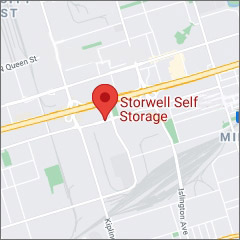A place for everything, and everything in its place.
A Totally-Not-Boring Blog About Storage
How to Choose Between Different Types of Storage Units
Table of Contents
In today’s world, personal belongings, business assets, and even vehicles often require additional storage space. Whether you’re downsizing your home, relocating, or simply decluttering, storage units have become a popular solution. However, with various storage options available, choosing the right type can be overwhelming. This guide will walk you through the different types of storage units, factors to consider, and tips on making an informed decision.
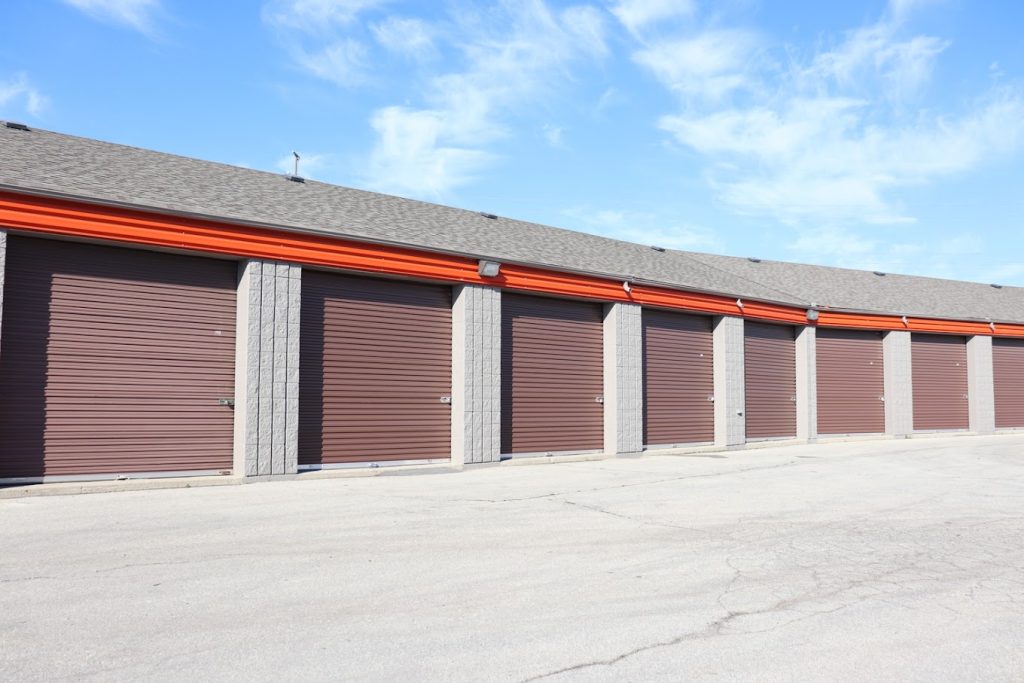
1. The Importance of Choosing the Right Storage Unit
Storage units provide a convenient and secure place to store items when you don’t have enough room at home or work. Ranging from small lockers to large garage-like spaces, these units cater to a variety of needs. You can store everything from personal items like furniture and electronics to business inventory and vehicles.

Why Choosing the Right Type Matters?
Choosing the wrong type of storage unit can lead to a range of issues—damaged belongings, wasted money, and inefficient use of space.
Purpose of the Guide
This guide aims to help you navigate the available options by providing insight into different storage unit types, factors to consider, and how to make the best choice based on your needs.
2. Understanding the Different Types of Storage Units
Before you choose a storage unit, it’s essential to understand the various types and what they offer.
Indoor Storage Units
Definition and Features: Indoor storage units are located inside a larger building, offering protection from the elements. They are often housed in multi-story buildings, where you may need to navigate hallways and elevators.
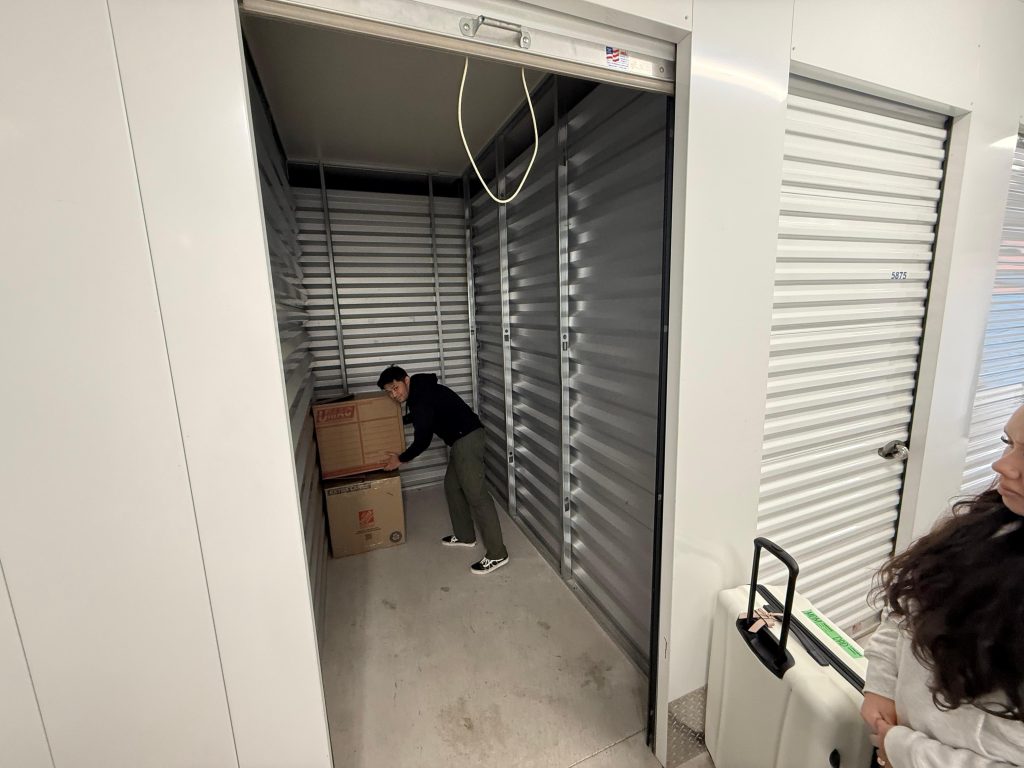
Pros:
- Protection from weather (rain, snow, and wind).
- Added security as access is typically limited to a central entrance.
Cons:
- Access can be more time-consuming, especially in large facilities.
Best For: Indoor storage units are ideal for fragile or valuable items such as electronics, antiques, artwork, and important documents that need extra protection.
Outdoor Storage Units
Definition and Features: Outdoor storage units are similar to garages, providing drive-up access. You can pull your vehicle right up to the unit’s door for easy loading and unloading.
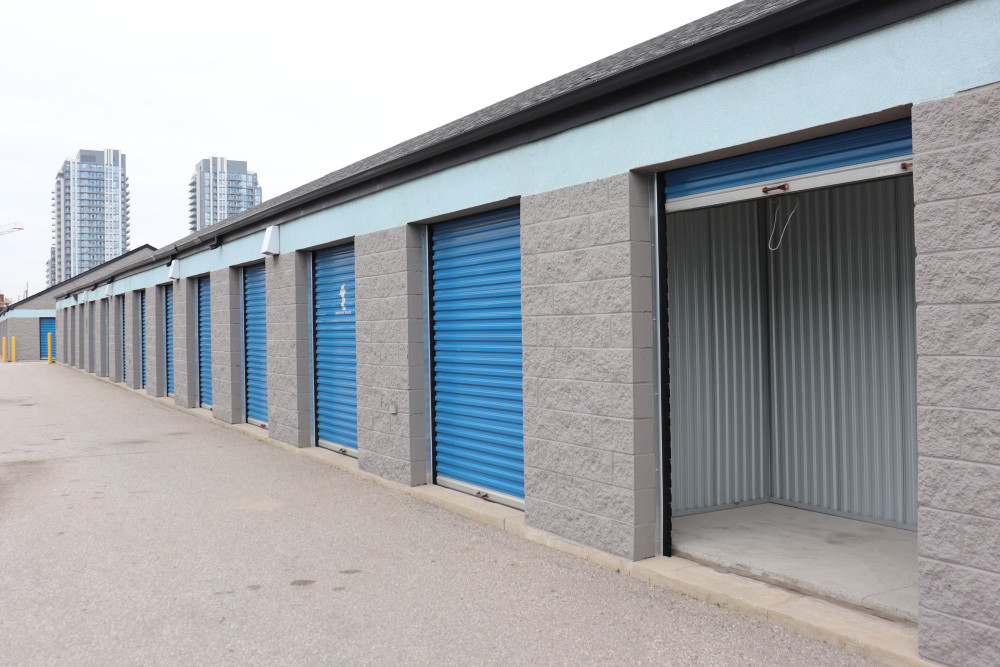
Pros:
- Convenient for moving heavy or large items like furniture or appliances.
- Easier access for frequent visits.
- Best choice for business inventory and contractors storing tools and equipment.
Cons:
Exposure to the elements may deter renters from accessing their units on a rainy or stormy day.
Best For: Outdoor units are great for items like tools, vehicles, yard equipment, and furniture
Drive-Up Storage Units
Definition and Features: Drive-up units offer direct access from your vehicle, allowing for easy loading and unloading of bulky items.

Pros:
- It is highly convenient, especially for heavy or large items.
- Saves valuable time by providing the easiest access to your items.
- Typically the best value for storage units.
Cons:
- Limited availability; these are the most required type of units.
Best For: Ideal for business inventory, heavy furniture, or anyone needing frequent access to their items.
Portable Storage Units
Definition and Features: Portable units are delivered to your location, allowing you to pack them on-site. Once packed, they can either be kept on your property or transported to a secure storage facility.
Pros:
- Convenient for moving and temporary storage.
- Ideal for people who want to pack at their own pace.
Cons:
- Limited in size.
- More expensive than self storage units, due to transportation fees.
- Often they are not heated or power ventilated.
Best For: Moving, renovations, and temporary storage needs.
3. Factors to Consider When Choosing a Storage Unit
Before selecting a storage unit, it’s crucial to evaluate your specific needs. Consider what you’re storing, how long you’ll need storage, and whether you require frequent access.
Storage Unit Size
Storage units come in various sizes. Choosing the right size ensures you aren’t overpaying for unused space or cramming too much into a small unit.

Common Sizes:
- 5×5 Unit: Similar to a small closet, ideal for seasonal items, boxes, or small furniture.
- 5×10 Unit: Can fit the contents of a small room or apartment, including boxes, furniture, and small appliances.
- 10×10 Unit: Suitable for the contents of a one-bedroom apartment, including furniture, appliances, and boxes.
- 10×20 Unit: Can store the contents of a two- to three-bedroom house, including larger items like couches, dining sets, and multiple appliances.
- 10×30 Unit: Large enough to store the contents of a four-bedroom home or a vehicle.
Maximizing Space: To make the most of your storage space, consider adding shelving or stacking boxes. Organizing items efficiently can help you avoid renting a larger (and more expensive) unit than necessary.
Security Features
Security is paramount, especially if you are storing valuable items. Different storage facilities offer varying levels of security.

Basic Security Options:
- High-quality locks.
- Gated access.
Advanced Security Features:
- 24/7 video surveillance.
- Individually alarmed units.
- On-site security personnel.
Choosing Based on Value: For items of high value, it’s worth investing in a facility with robust security measures, including cameras, alarms, and gated access.
Accessibility
Your access needs can significantly influence your choice of storage. If you require frequent visits, easy access is critical.

24/7 Access: Some facilities offer round-the-clock access, allowing you to visit your unit anytime. This is especially useful for businesses needing regular access to inventory.
Location Matters: Consider the storage facility’s proximity to your home or workplace. A closer location can save time and make access more convenient.
Cost and Budget
Storage costs can vary significantly depending on size, type, and location. It’s essential to balance your budget with the features you need.
Factors Affecting Cost:
- Unit size.
- Security features.
- Location (urban vs. suburban).
Tips for Saving Money:
- Rent only the size you need.
- Look for promotions or discounts.
- Share a unit with a friend or family member if possible.
Location
A storage facility’s location can affect both cost and convenience. Urban facilities tend to be more expensive but offer greater accessibility.
Urban vs. Suburban: City facilities may offer smaller units at a higher price, while suburban units can be larger and more affordable.
Insurance
Insurance is vital for protecting your stored belongings from unexpected events such as theft, fire, or natural disasters.
Homeowner’s Insurance: Some policies may extend coverage to items stored in self-storage, but it’s essential to check with your provider.
Storage Facility Insurance: Many storage facilities offer insurance policies tailored to stored goods, providing an additional layer of protection.
4. Special Storage Unit Features to Consider
Some storage facilities offer unique features that can enhance your experience and provide additional peace of mind.
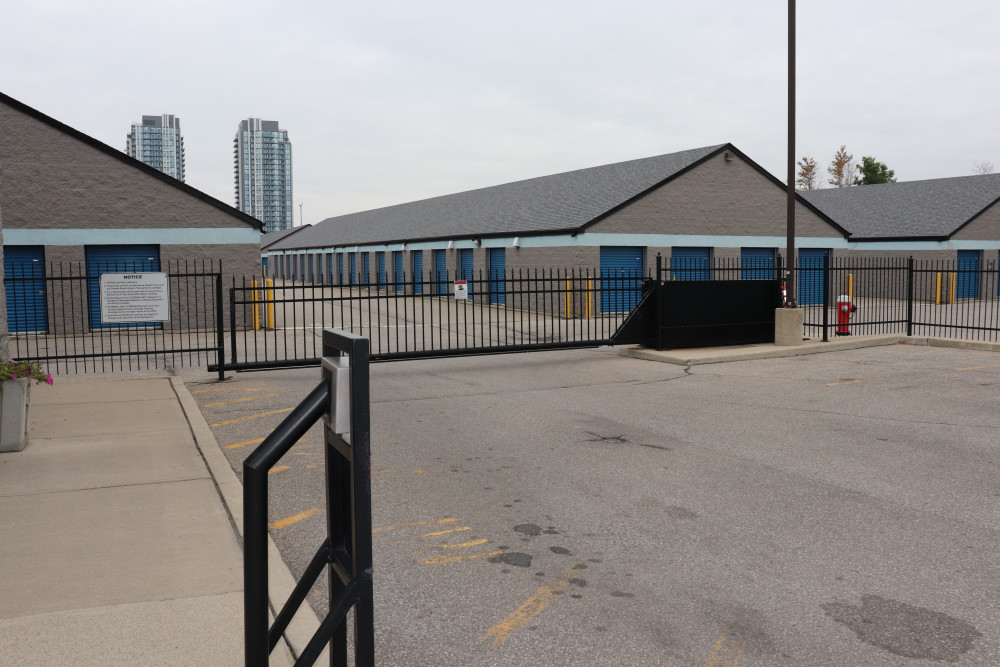
24/7 Video Surveillance
Constant video monitoring helps deter theft and allows facility managers to keep an eye on any suspicious activity.
Individually Alarmed Units
For extra security, some units come with individual alarms that are triggered if unauthorized access occurs.
Passcode Gate Access
Gated facilities that require a personal code offer enhanced security by controlling who can enter the premises.
Loading Carts and Elevators
If you choose a multi-story indoor facility, moving in and out is more difficult than when you choose a drive-up unit. However, having access to loading carts and elevators can make moving items much easier.
On-Site Managers
Having a manager on-site during business hours can provide immediate assistance for any issues that may arise and ensure that the facility is well-maintained.
5. How to Make Your Final Decision
Step-by-Step Process for Deciding
- Assess Your Storage Needs: Consider what items you’ll store, their value, and how long they’ll be in storage.
- Prioritize Factors: Determine what’s most important—security, convenience , location, etc.
- Compare Options: Evaluate different facilities and units based on cost, accessibility, and features.
- Visit the Facility: Before making a final decision, visit the storage facility to inspect its cleanliness, staff professionalism, and overall security.
- Make Your Choice: Choose the unit that offers the best balance of cost, convenience, and features for your needs.
Common Mistakes to Avoid
- Underestimating the Size Needed: It’s better to overestimate slightly than cram your items into a too-small unit.
- Neglecting Insurance: Without insurance, you could be left with no recourse if something happens to your belongings.
6. Conclusion: Making an Informed Choice
Choosing the right storage unit is not just about finding an available space—it’s about ensuring the safety and longevity of your belongings. By understanding the various types of storage units, evaluating factors like size, cost, security, and carefully considering your specific needs, you can make an informed decision.
Final Thought: Selecting the right storage unit requires some upfront effort, but the result is peace of mind and the assurance that your belongings are protected. Visit local facilities, ask questions, and take your time to choose the best option for your situation.

